Sept 19, 2015 was a fabulous night. My Learn2GroomDogs.com team had the honor of accepting the 2015 Barkleigh Honors Award for Website of the Year. This is the second time we have won the award, but this year it was with a brand new website!
Let me take you behind the scenes. Learn2GroomDogs.com started as a dream. A big dream.
 I knew video content brought clarity to the learning process. We had seen it ourselves with our training program at the Paragon School of Pet Grooming. We introduced our own series of core grooming videos to the program in 2008. Those videos made a huge impact on how rapidly our students developed in the hands-on training program.
I knew video content brought clarity to the learning process. We had seen it ourselves with our training program at the Paragon School of Pet Grooming. We introduced our own series of core grooming videos to the program in 2008. Those videos made a huge impact on how rapidly our students developed in the hands-on training program.
Professional pet grooming is an amazing career. Unfortunately, many find it challenging to move their careers forward without convenient access to continuing education. Once I saw how well our students preformed after watching our video lessons, I knew I was on to something.
For two years I thought about how I could help more people with video learning. How could we make it easy? Accessible? Affordable? What would the lessons be? Who would present the training? For two years my head was bursting with ideas yet I could not come up with the ideal solution.
I firmly believe in the “Law of Attraction.” What you think about becomes a magnet. Thoughts become things. They naturally become a part of your life.
In 2010 my husband and I stumbled upon my answer at a large equine event. I was not looking for it – but there it was. On a huge TV we both saw digital streaming videos. Hundreds of them. The company was educating riders around the globe. They were using Olympic caliber riders as their video trainers.
It was simple. It was accessible to the learner. All it took was a high-speed internet connection. And the best part – it was affordable to the subscriber! Members had unlimited access to hundreds of training lessons at their fingertips. All the lessons were taught by the best of the best.
 My jaw dropped. I knew I had found my answer.
My jaw dropped. I knew I had found my answer.
We spent the next few months learning everything we could about building a streaming video company.
For the first 4 years we partnered with that equine business as we built Learn2GroomDogs. The learning curve for my team was immense. As we built the company and the video library, our platform needs changed.
Late in 2014 we started building our own platform to better meet the desires of our members. You know that saying, “If you knew how difficult something would be, you’d never take the first step…” That was us as we undertook the new platform for Learn2GroomDogs!
Again, the law of attraction was hard at work. We found an amazing team of talented computer programmers and designers. My team worked closely with them to create the new platform. It took almost 6 months to build the new site and many LONG hours.
It was launch time in early in 2015. Our goal was to keep the transition as seamless as possible for our members. We swallowed hard. Crossed our fingers. We all said our own silent prayers. There was a lot of information to transfer. Even though we had tested, and tested, and tested – we were all still very nervous. I think the entire team held their breath as we flipped the switch from our original platform to the new one.
We did it! It worked. Sure we had a few glitches to clean up but overall, the transition was a huge success. Learn2GroomDogs.com had a new home and a new look.
We are thrilled with how the site came out. Our aim was to make the new site as user-friendly as possible. We wanted the look to be clean, simple, and easy to navigate. The site search engine needed to be very powerful so members could find what they needed with just a few keystrokes.
Today we have over 600 pet grooming video lessons in the library (it keeps growing!). Fresh lessons are added every week. We are fortunate to work with a wide range of extremely talented top industry professionals as our Training Partners. Currently we have over 45 Training Partners. The best of the best.
I love the fact that this platform lends itself to a wide range of industry driven topics. It’s like going to a major educational trade show but doing it from the comfort of your home.
We are honored to accept the 2015 Barkleigh Honors Award for Website of the Year. I’d also like to thank my entire team for making Learn2GroomDogs.com a reality.
 Marc LaFleur: Co-Founder, Assistant Educational Resource Director, Film Director & Cameraman
Marc LaFleur: Co-Founder, Assistant Educational Resource Director, Film Director & CameramanMarc is my #1 supporter and husband. He also is the man behind the camera on 98% of the videos. Marc brings a unique perspective to the lens. He is a long time Certified Master Groomer, former mobile stylist, and grooming instructor. His experience with grooming and training allows him to focus in on the critical elements when it comes to pet grooming techniques as he is filming. Marc also spends countless hours behind the wheel when we travel to film with our Training Partners across the country.
Joelle wears MANY hats in this company. Her outgoing personality combined with marketing savvy, editorial skills, and techie obsessions allow her to excel in her roles at Learn2GroomDogs.com. Joelle is always there to help any of our team or assist Learn2GroomDogs members with a wide variety of needs. She is also my go-to person for all our newsletter and marketing needs. I do all the writing for Learn2GroomDogs.com – but Joelle has the eagle eye. She’s a brilliant editor!
Teresa has been with my team for almost 20 years. She started as a star graduate of the Paragon School of Pet Grooming. She has worked her way through the ranks at Paragon from being an instructor to the school’s Director. Teresa is an award-winning pet stylists and a Certified Master Groomer. She has been the Coordinator for GroomTeam USA as well as a Board Member for that organization. Her eye for detail in the numbers is astonishing. She shines at the job most of us run the other way from – accounting and billing!
Ryan has been our long time technical guru. His formal IT training began with his military training in Desert Storm. Today he’s one of those guys that can fix anything with a gum wrapper, paper clip, and a battery. Besides being totally “geekie,” he took many classes on photography and videography. Ryan was a part of my team long before Learn2GroomDogs.com was formed. When we needed advice on camera gear, lighting, and editing, Ryan jumped in with both feet and has never looked back. When it comes to tech support for my team and our members, there simply is no one better.
Lisa is an early graduate of the Paragon School of Pet Grooming. She went on to become an instructor at the school. She was a printed wildlife artist before she became a pet groomer. She has been able to combine her passion for art with dog grooming. Lisa has gone on to become a highly recognized artist in the field of pet grooming education with her work in Notes From the Grooming Table, Theory of Five along with many other projects headed up by myself. Lisa’s educational illustrations can be found in other pet-related organizations, as well. Her desire to help pets and people combined with her grooming knowledge makes her a perfect assistant in many facets of our work with Learn2GroomDogs.com.
Ted, Kate, and Mike were the front players on this team – but I know there were many more behind the scenes of this core group. It was an amazing experience working with this talented team. They skillfully led us down a very cluttered and confusing creative process. Their end result was nothing short of brilliant!
I still pinch myself when I think of the phenomenal professionals we get to work with on all the video lessons. There is not a lesson in the L2GD library that I have not learned something from – and I’ve been playing in this field for a very long time! I’m thrilled and honored to work with every one of them!
Nothing excites me more than to help other become the best they can be. By becoming a member and watching the videos, you are taking an active role in growing your skill set. I love that! This career path is so rewarding for those that are passionate about their job. I’m privileged to be able to help you on your educational journey.
A special thanks to Barkleigh Productions for managing and hosting these prestigious awards. There are many categories in which industry professionals can cast their votes. It’s a privilege just to be nominated – let along WIN an award. Thank you for making the Barkleigh Honor Awards such an amazing industry event.
Thanks to YOU! Jump over to the Learn2GroomDogs Facebook page and visit with us.
Happy trimming,
~Melissa


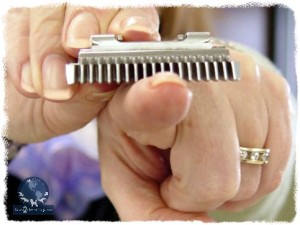

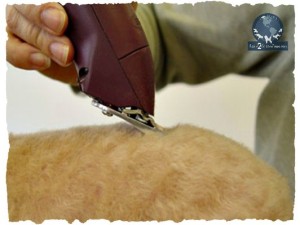


 After all the B&Bs are bathed, start bathing your trim dogs. Start with the pet that has the heaviest and straightest coat – something that can sit for a few minutes while you bathe your other dogs without risking the coat drying before you get to an active drying method. Let the dog sit in a warm place wrapped in a towel. No need to have air or a dryer on – just plenty of oversized towels with clips. This “wrap a pet” works best after you have thoroughly towel dried the dog.
After all the B&Bs are bathed, start bathing your trim dogs. Start with the pet that has the heaviest and straightest coat – something that can sit for a few minutes while you bathe your other dogs without risking the coat drying before you get to an active drying method. Let the dog sit in a warm place wrapped in a towel. No need to have air or a dryer on – just plenty of oversized towels with clips. This “wrap a pet” works best after you have thoroughly towel dried the dog. For most breeds, the goal is to remove kinks and curls in the coat. Some form of active drying is the only way to straighten the coat while adding lift and volume. On all but the curliest coats, the power from the warm airflow will lift, separate, and straighten the hair shaft for you when used correctly. A few of the curliest coats might benefit from fluff drying with a warmer dryer combined with brushing to get the coat really straight.
For most breeds, the goal is to remove kinks and curls in the coat. Some form of active drying is the only way to straighten the coat while adding lift and volume. On all but the curliest coats, the power from the warm airflow will lift, separate, and straighten the hair shaft for you when used correctly. A few of the curliest coats might benefit from fluff drying with a warmer dryer combined with brushing to get the coat really straight.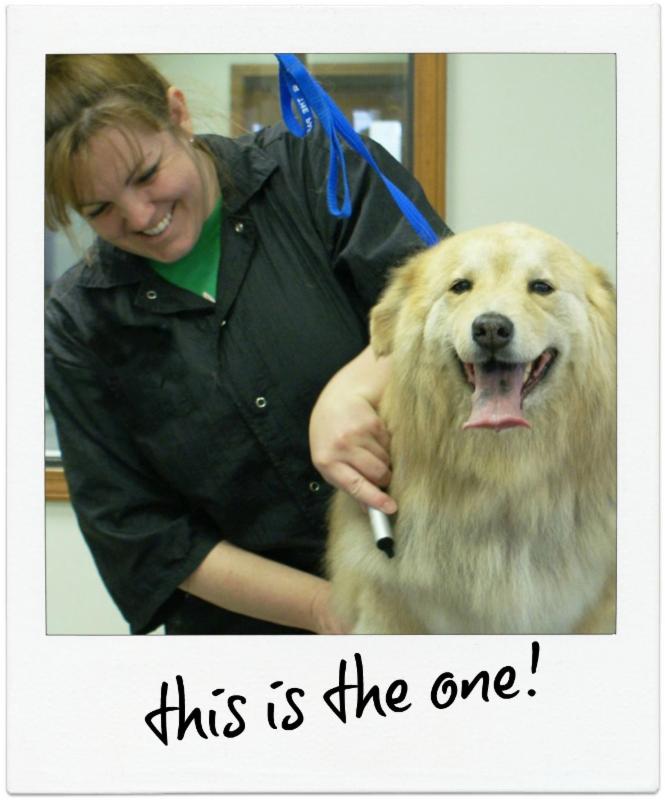 If yours is like most grooming salons, it’s next to impossible to hire the ready-made job applicant. It’s rare to find that person who will be everything you need, right away. Even if you do find great candidates, it’s still going to take work to bring them up to speed. To bring them in line with the way YOU do things in your business. To teach them your culture.
If yours is like most grooming salons, it’s next to impossible to hire the ready-made job applicant. It’s rare to find that person who will be everything you need, right away. Even if you do find great candidates, it’s still going to take work to bring them up to speed. To bring them in line with the way YOU do things in your business. To teach them your culture.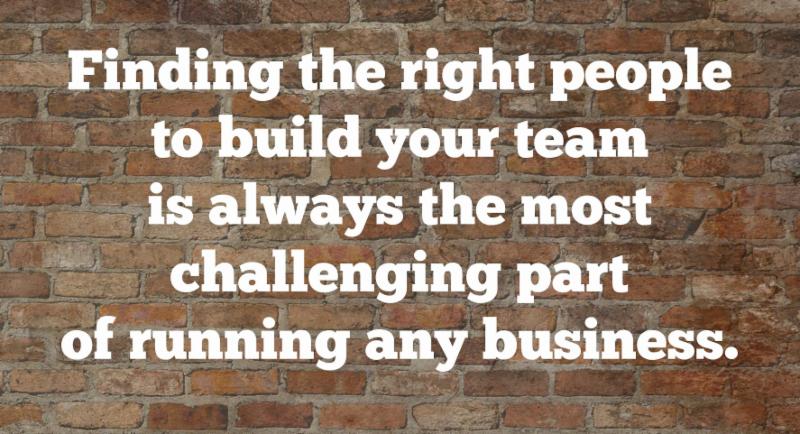 Observe how they work. Even with the most basic tasks like answering phones or washing dogs, many new hires need to be gently coached. Even if their skill level is weak, if they have the right attitude, you will be able to train them quickly. But you have to understand where they are in their current level of training. And the only way to learn that is by having them demonstrate their work.
Observe how they work. Even with the most basic tasks like answering phones or washing dogs, many new hires need to be gently coached. Even if their skill level is weak, if they have the right attitude, you will be able to train them quickly. But you have to understand where they are in their current level of training. And the only way to learn that is by having them demonstrate their work. If you’re going to work 2000+ hours per year, don’t you want to be doing something you are passionate about? In a place you enjoy? To be respected? Treated fairly? Providing a valuable service to clients? Of course you do. That’s what we all want.
If you’re going to work 2000+ hours per year, don’t you want to be doing something you are passionate about? In a place you enjoy? To be respected? Treated fairly? Providing a valuable service to clients? Of course you do. That’s what we all want. Goals & Standards
Goals & Standards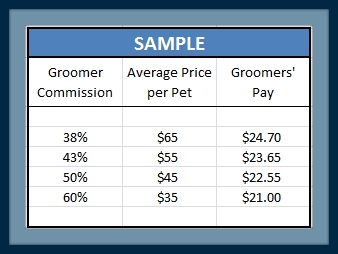

 My guess is many of you are struggling with a similar situation. Guess what? There is a solution to this problem – and we’ll get to that in a minute.
My guess is many of you are struggling with a similar situation. Guess what? There is a solution to this problem – and we’ll get to that in a minute.
 If you are struggling with your payroll or running a profitable grooming business, I urge you to review your financial statements. If you struggle with understanding them, get help. The financial numbers do not lie. They are the barometer of your business.
If you are struggling with your payroll or running a profitable grooming business, I urge you to review your financial statements. If you struggle with understanding them, get help. The financial numbers do not lie. They are the barometer of your business.

 When I first opened
When I first opened  The idea of licensing within the pet grooming industry is not a new one. I still remember the efforts of Gregory Krisp and Kathy Rose 20 years ago. They were backed by the late Sally Liddick and Barkleigh Productions. They formed the Groomer Licensing Founders Committee in 1996. They were on the forefront of the licensing issue in our industry. Unfortunately, they were way ahead of their time. Their efforts fell upon deaf ears.
The idea of licensing within the pet grooming industry is not a new one. I still remember the efforts of Gregory Krisp and Kathy Rose 20 years ago. They were backed by the late Sally Liddick and Barkleigh Productions. They formed the Groomer Licensing Founders Committee in 1996. They were on the forefront of the licensing issue in our industry. Unfortunately, they were way ahead of their time. Their efforts fell upon deaf ears.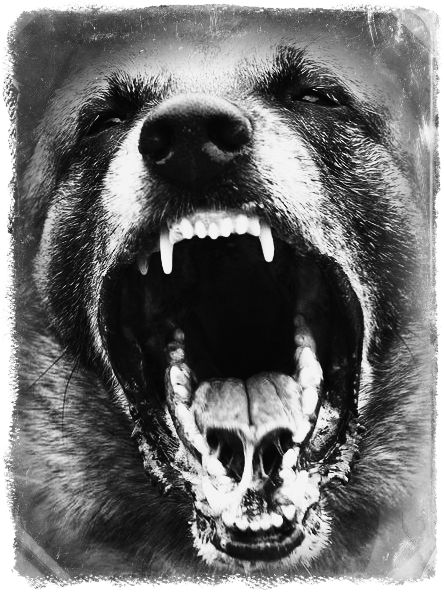
 Let’s face it. There are a host of things that could go wrong in any grooming salon even under the best of circumstances. We are working with live animals. Sharp instruments. High tables. Bathtubs. Dryers. Abrasive brushes. Stacked kennels. Slippery floors. The list of dangers working in every grooming salon is massive. Even in the best run salons.
Let’s face it. There are a host of things that could go wrong in any grooming salon even under the best of circumstances. We are working with live animals. Sharp instruments. High tables. Bathtubs. Dryers. Abrasive brushes. Stacked kennels. Slippery floors. The list of dangers working in every grooming salon is massive. Even in the best run salons.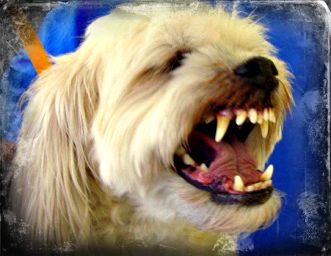 Weigh out the risks. Whenever you need to decline service to a client, it’s an uncomfortable situation. But the alternative is much – much worse. Telling an owner their pet has been seriously hurt or died in your salon it the most difficult task you will have to address. You want to avoid that at all cost – even if it makes the client angry or upset.
Weigh out the risks. Whenever you need to decline service to a client, it’s an uncomfortable situation. But the alternative is much – much worse. Telling an owner their pet has been seriously hurt or died in your salon it the most difficult task you will have to address. You want to avoid that at all cost – even if it makes the client angry or upset.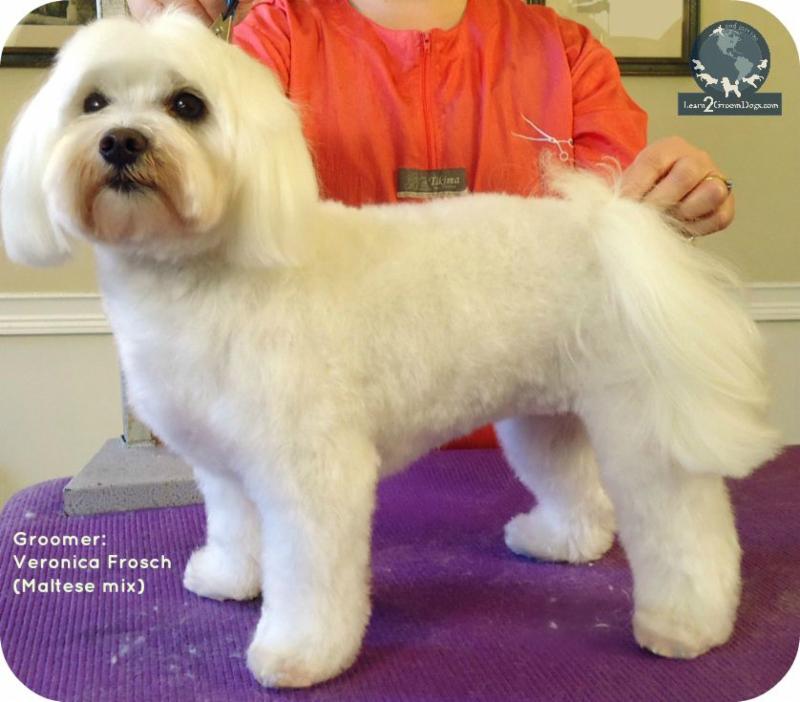 Don’t you love it when an owner walks into a salon and ask for this trim by name? They actually think this is a universal standard trim that all groomers and pet stylists should know how to do. When we start asking them questions, they get all huffy, thinking we don’t know how to do our jobs. Frustrating!! You and I know there isn’t a consistent right way to do a “puppy cut.” There are many – many variations!
Don’t you love it when an owner walks into a salon and ask for this trim by name? They actually think this is a universal standard trim that all groomers and pet stylists should know how to do. When we start asking them questions, they get all huffy, thinking we don’t know how to do our jobs. Frustrating!! You and I know there isn’t a consistent right way to do a “puppy cut.” There are many – many variations!
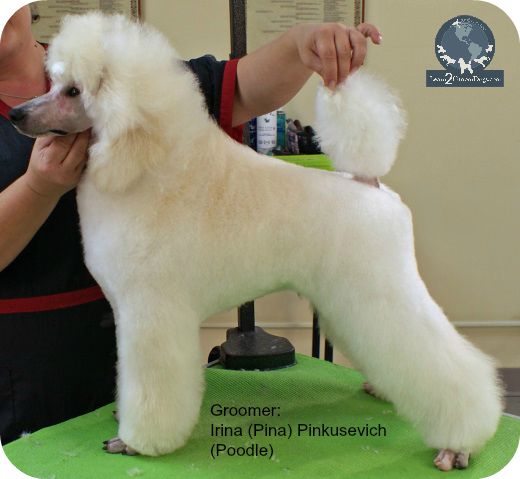 It’s important to keep this in mind, too: one person’s interpretation of a puppy cut might be that of a smooth-coated puppy. Think Boxer, Pug, or Beagle. Another person’s interpretation would be that of a fluffier breed like a Shih Tzu, Bichon, or Poodle. There’s also a big difference between a four-week old puppy and a ten-week old puppy in terms of coat growth.
It’s important to keep this in mind, too: one person’s interpretation of a puppy cut might be that of a smooth-coated puppy. Think Boxer, Pug, or Beagle. Another person’s interpretation would be that of a fluffier breed like a Shih Tzu, Bichon, or Poodle. There’s also a big difference between a four-week old puppy and a ten-week old puppy in terms of coat growth.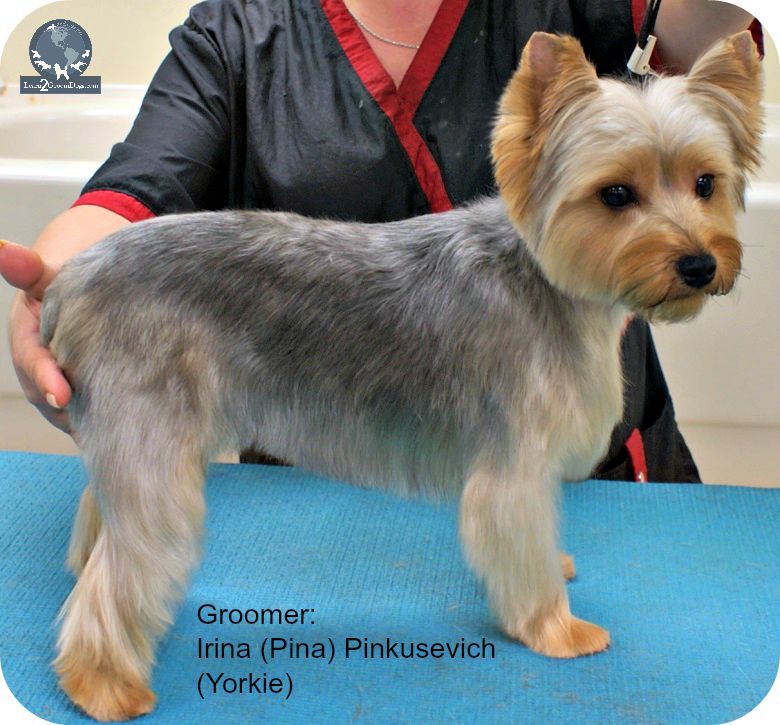 Here is a list of talking points when a new client request a “puppy cut.”
Here is a list of talking points when a new client request a “puppy cut.”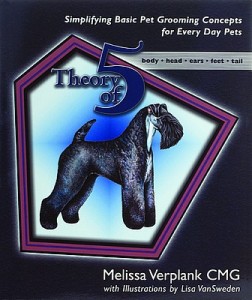 Take charge of the conversation and win over your clients by using The Theory of Five!
Take charge of the conversation and win over your clients by using The Theory of Five!